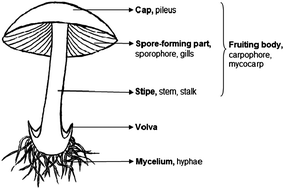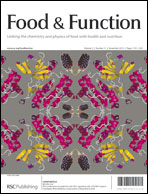Antitumor activity of mushroom polysaccharides: a review
Abstract
Mushrooms were considered as a special delicacy by early civilizations and valued as a credible source of nutrients including considerable amounts of dietary fiber, minerals, and vitamins (in particularly, vitamin D). Mushrooms are also recognized as functional foods for their bioactive compounds offer huge beneficial impacts on human health. One of those potent bioactives is β-glucan, comprising a backbone of glucose residues linked by β-(1→3)-glycosidic bonds with attached β-(1→6) branch points, which exhibits antitumor and immunostimulating properties. The commercial pharmaceutical products from this polysaccharide source, such as schizophyllan, lentinan, grifolan, PSP (polysaccharide–peptide complex) and PSK (polysaccharide–protein complex), have shown evident clinical results. The immunomodulating action of mushroom polysaccharides is to stimulate natural killer cells, T-cells, B-cells, neutrophils, and macrophage dependent immune system responses via differing receptors involving dectin-1, the toll-like receptor-2 (a class of proteins that play a role in the immune system), scavengers and lactosylceramides. β-Glucans with various structures present distinct affinities toward these receptors to trigger different host responses. Basically, their antitumor abilities are influenced by the molecular mass, branching configuration, conformation, and chemical modification of the polysaccharides. This review aims to integrate the information regarding nutritional, chemical and biological aspects of polysaccharides in mushrooms, which will possibly be employed to elucidate the correlation between their structural features and biological functions.


 Please wait while we load your content...
Please wait while we load your content...